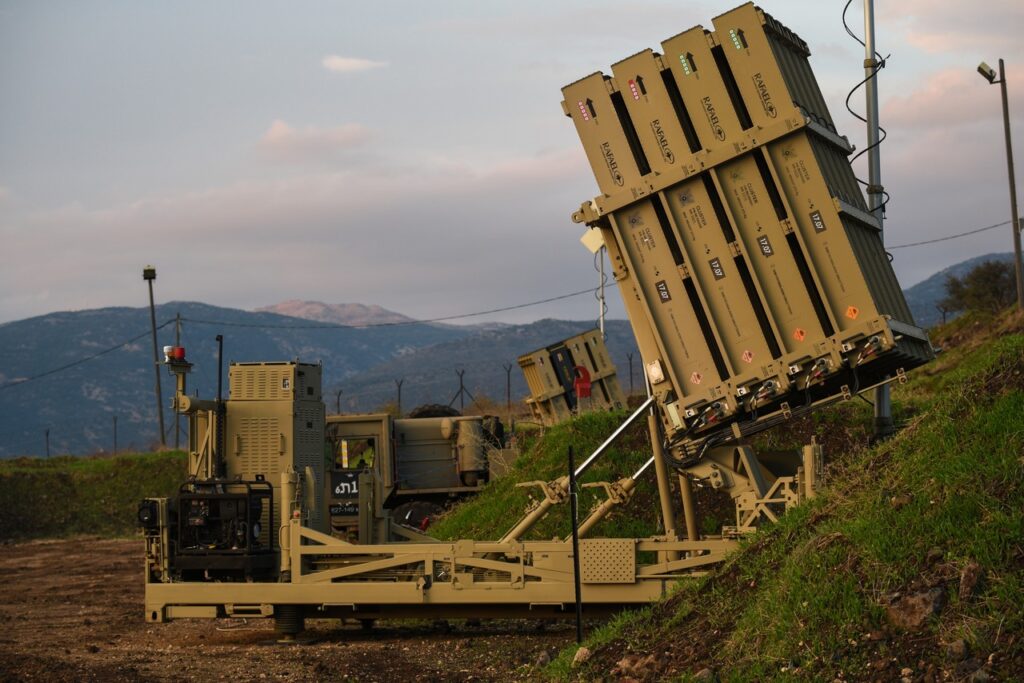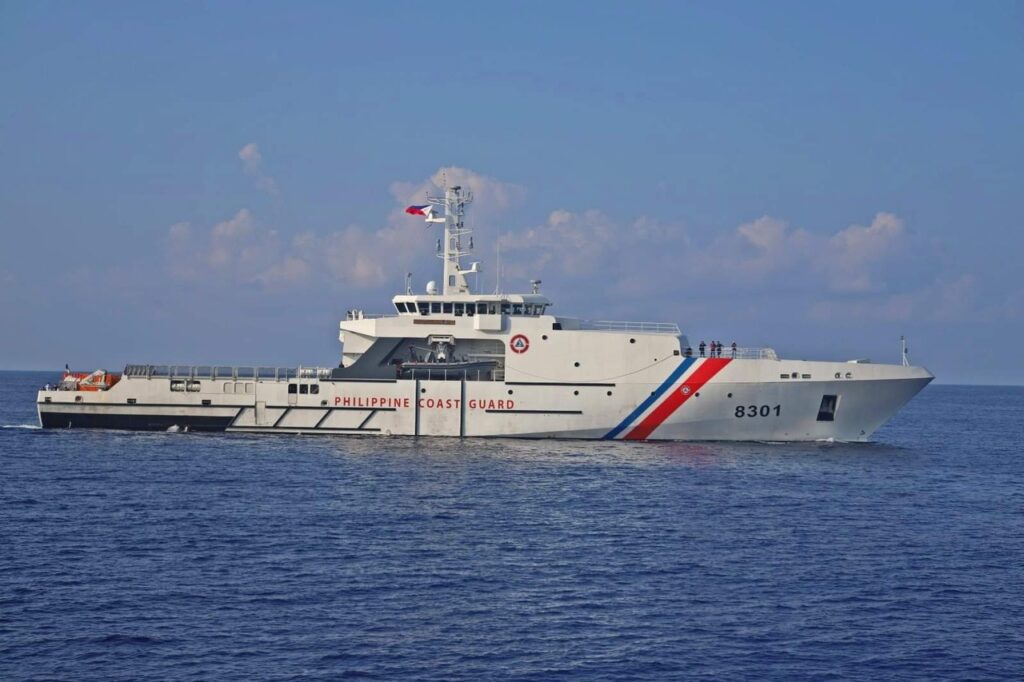
Collaborative Combat Aircraft: How the U.S. Navy and Air Force Could Be Transformed
Summary: The U.S. Air Force and Navy are collaborating on a “Collaborative Combat Aircraft” (CCA) initiative, focusing on developing unmanned aerial systems (UAS) to act as “loyal wingmen” to manned fighters.
-This project emphasizes interoperability across four key areas: common aircraft architecture, communications links, autonomy architecture, and ground-control segments. Additionally, cost has emerged as a critical consideration, with an emphasis on making these systems more disposable than traditional aircraft, potentially reducing lifecycle costs significantly.
-The Navy, aiming for a service life of just 200 flight hours and minimal “cats and traps” launches, expects these drones to be much more affordable, targeting a price around $15 million each to ensure they are viewed as consumable assets. This approach reflects a strategic shift in maintaining pace with rapid technological advancements and evolving threats.
While there remains no shortage of inter-service rivalry in the U.S. military, the United States Air Force and the United States Navy agreed last year to collaborate on four “fundamentals” of “collaborative combat aircraft” (CCA). This will include the unmanned aerial systems (UAS), which could act as “loyal wingmen” to a manned fighter, to be interoperable.
The services want their respective robotic wingmen to have common aircraft architecture, communications links, autonomy architecture, and ground-control segments, U.S. Air Force Brig. Gen. Dale White, PEO for fighters and advanced aircraft, told reporters during a roundtable at the Air Force Association’s Air, Space, and Cyber conference last September.
“We do have those four focus areas that allow us to leverage the interoperability that we think we need [for] a CCA because this is not just a single-service solution, and we know that going in,” said White.
Both the Air Force and Navy seek to have the CCA drones operate alongside their respective six-generation fighter jets—developed as part of the Next-Generation Air Dominance (NGAD) programs. Each service has such a program in the works, the Air Force is seeking to develop a system that would include a manned air superiority fighter to replace the F-22 Raptor, while the Navy is working to develop its F/A-XX multirole carrier-based combat aircraft as the eventual replacement for the F/A-18 Super Hornet.
A Fifth Fundamental: Cost!
Earlier this month, a U.S. Navy official may have suggested that the CCA effort could have a fifth fundamental, notably the cost.
With most major U.S. military weapon systems, sustainment can sometimes account for about 70 percent of the lifecycle cost. But for CCAs, the Navy doesn’t want to follow that model, DefenseScoop reported earlier this month.
“We’re trying to get after CCAs in a revolutionary way, intentionally trying to avoid ACAT 1, 35-year lifecycle sustainment of a platform,” explained U.S. Navy rear admiral Stephen Tedford, head of the Program Executive Office for Unmanned Aviation and Strike Weapons (PEO U&W), within Naval Air Systems Command (NAVAIR), at the Navy League’s annual Sea Air Space conference.
“I don’t need them that long,” Tedford added. “I need a platform that instead of buying 500, I’ll buy 60. Okay. And I can do them in a rolling wave so I can keep pace with the technology of the unmanned platforms, but also keep pace with the threat by upgrading sensors, platforms, systems, weapons, and I can do it at a recurring investment cost.”
More importantly, the CCAs could have a shorter service life—perhaps just 200 flight hours, and only ten “cats and traps”—the catapult used for launches from and arrested recoveries on aircraft carriers, which put significant strain on the airframe.
“If I do try to design something that has 6,000 hours of life, and can do cats and traps all day, I just designed an F/A-18,” Tedford suggested.
The drones would be far more “consumable” than reusable and would have a price tag that would reflect that fact.

“I’m also trying to do this so that my unit cost of the platform is as absolutely low as possible trying to keep it at around the $15 million mark, okay, because I need it to be considered consumable. Okay. I want something that’s going to fly for a couple hundred hours, [and for] its last hour it’s either a target or a weapon,” Tedford further noted. “I’m either going to hit something with it or I’m going to train and shoot it down. But I’m not going to sustain it for 30 years. So if you’re any cost estimators out there, those are zeros in sustainment.”
The sea service is aiming to see the initial CCA fielded by 2030. The first tranche of the drones could still cost about one-quarter to one-third of the unit price of an F-35 Lightning II—around $20 million to $27 million—the goal is to reduce the price tag by upwards of half.
The biggest hurdle could still be from lawmakers, who may not be so keen on the idea of disposable wingmen.
Author Experience and Expertise: Peter Suciu
Peter Suciu is a Michigan-based writer. He has contributed to more than four dozen magazines, newspapers, and websites with over 3,200 published pieces over a twenty-year career in journalism. He regularly writes about military hardware, firearms history, cybersecurity, politics, and international affairs. Peter is also a Contributing Writer for Forbes and Clearance Jobs. You can follow him on Twitter: @PeterSuciu. You can email the author: [email protected].


